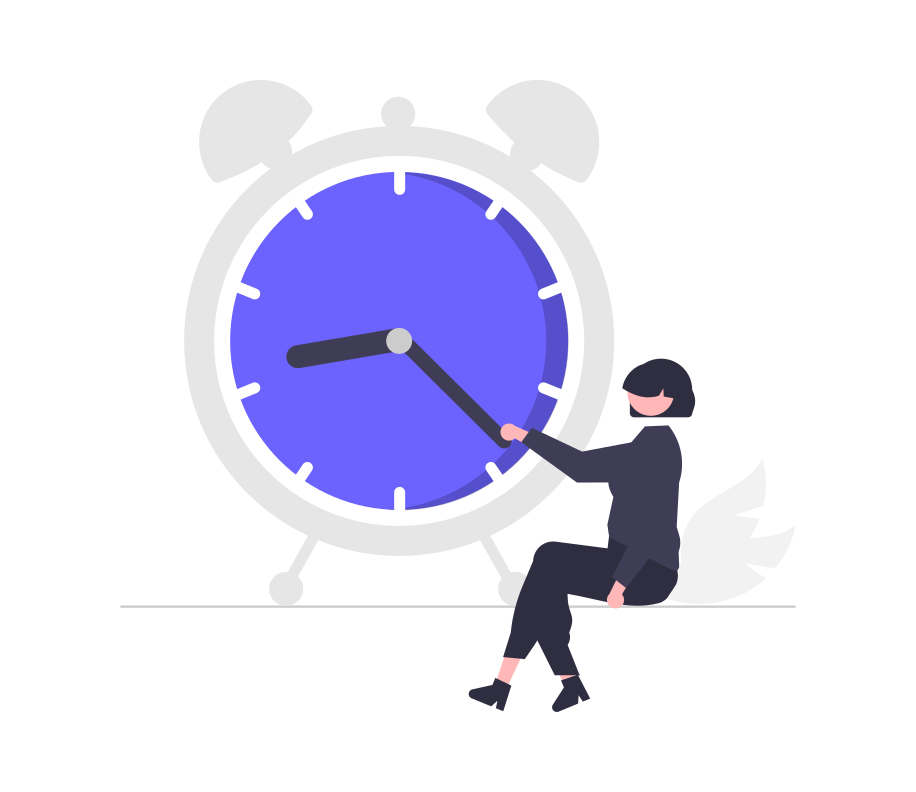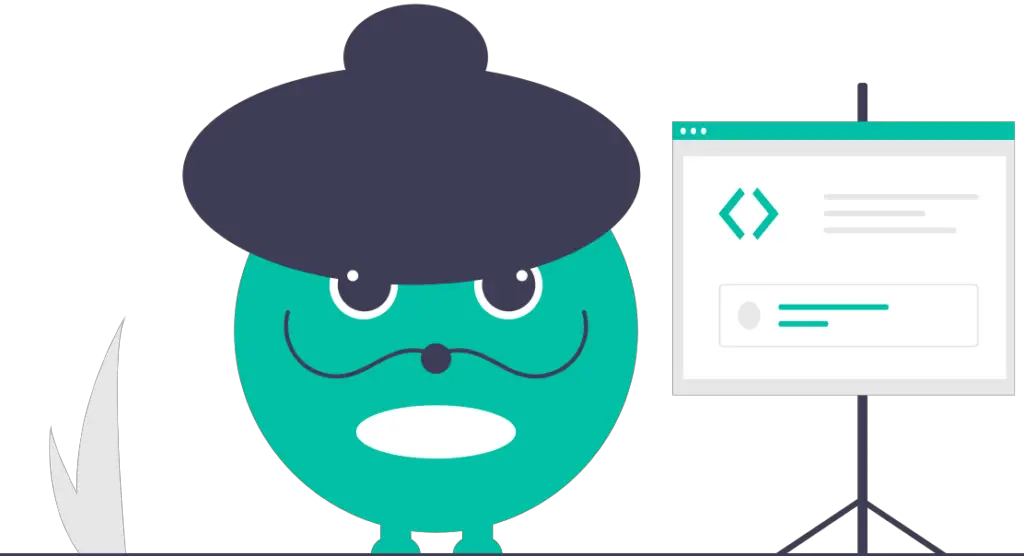As a programmer, I have used more than one programming language to code an entire project or across all my projects. I have used Python, JavaScript, PHP, and many others. But did I learn more than two programming languages at the same time, and what did I learn from the approach to learning how to code?
At first, when I was a beginner, I learned two programming languages, Python and JavaScript, at the same time. However, I found the learning strategy ineffective and time-consuming, which led to writing this article to help you avoid the same mistake I made.
Is it advisable to learn two or more programming languages at the same time? Learning two programming languages is an ineffective and time-consuming learning strategy. When you start programming, you should not learn more than one programming language simultaneously. The reason is that you will not achieve mastery of either language, and you are more likely to confuse/mix the syntax and concepts used across either programming language.
As an experienced programmer, you may learn two programming languages at the same time, provided you have a solid understanding of the core programming concepts that relate across different programming languages. These concepts include algorithms, object-oriented concepts, procedural programming, e.t.c.
When you have experience using these concepts in one particular programming language, you will be more capable of relating them across the programming languages you are learning simultaneously. The only thing that will be different is learning their implementation in either of the programming languages and the syntax used.
Why learning two programming languages at the same time is not recommended for a beginner
Learning two or more programming languages is not recommended for a beginner programmer. If you are new to the world of computer programming, learning many programming languages at the same time is
Learning two programming languages at the same time is ineffective
Learning two or more programming languages at the same time is one of the most ineffective strategies for learning to code. You will be overwhelmed by the concepts, syntax, and programming paradigms.
Most likely, you will have “burnout” because you have to allocate a considerably large amount of time to each programming language. Even if you have very strict time management, maintaining the motivation and energy needed will be very hard.
Programming paradigm is the style/way of programming used to solve problems. These paradigms may vary across different programming languages. Examples of programming paradigms are Object Oriented programming, Functional, Procedural, Imperative, Declarative, Structured, and Logic programming, among many others.
You will spend a lot of time learning two programming languages simultaneously

Compared to focusing on learning one programming language, learning two programming languages at the same time is time-consuming.
The reason is that you will be spending most of the time of the day learning to code because you will have to allocate either language enough time. When you have limited time, you will have lesser and lesser time in your learning schedule.
The results are that; the less time you have, the less time you will spend learning to code. If you have only two hours a day, you must allocate 50 minutes for each programming language and 20 minutes for resting.
Achieving mastery over either programming language within that time allocation will take many weeks, if not months. Besides, you will be exhausted every time you start learning the programming language scheduled at a later time. Also, you can have so many random things happening within that scheduled time, and you will have to prioritize these random tasks. When you prioritize these tasks, you will most likely spend lesser time and energy on either learning session of each programming language.
For example, your girlfriend may randomly visit you within the time you have scheduled to learn dictionaries and lists in Python. Or, your beautiful gorgeous baby spills your lovely coffee on the table and you have to wipe the table and the floor
Learning multiple programming languages at the same time is inefficient and confusing
In one learning session, you are learning the implementation of object-oriented programming concepts in one programming language, say Python. In the next learning session, you will learn the application of object-oriented programming in JavaScript. Most likely, you will get confused.
Learning two programming languages at the same time is inefficient because your focus will be overly directed to one programming language.
There will be none that you will have mastery over for both programming languages. Thus, you will just be covering the basic concepts in one programming language and jumping to another language and covering the same basic concepts. You will never master either of the programming languages or it will take a considerable amount of time and energy.
You will definitely be confused because the two programming languages have different syntax and implementation of object-oriented concepts.
There is a high chance of using Python syntax in JavaScript or vice versa. Thus, leading to syntactical errors in your program.
You will make more syntactical errors when learning two programming languages simultaneously

Learning two programming languages at the same time will lead to confusion in the syntax and code implementation of the various programming paradigms.
Most likely, you will mix the syntax across either programming language leading to writing code that the compiler or interpreter does not understand. Therefore, breaking your program because the code won’t compile successfully.
Syntactical errors in programming are the mistakes that you make within the code such as spelling, punctuation, incorrect use of keywords, missing symbols, e.t.c. When these errors appear, the compiler or interpreter will generally throw an error as it does not understand the syntax.
What is the best strategy to learn learn more than one programming language?
The best strategy for learning more than one programming language is to learn one at a time and after completing a project using the initial programming language. You should not learn two languages simultaneously. It is an ineffective strategy.
Project-Based learning is the best approach to learning you can take to learn how to code. Here is a solid time overview of how to be a master of more than one programming language.
Project-Based Learning
Start by identifying a problem that you want to solve. Say, for example, a website where people can find you, contact you, and purchase your products/services.
After doing some research, you learn that you need HTML and CSS to build a basic website.
Therefore, you take HTML and CSS and learn these markup and sheet style languages until you master them.
After you can comfortably write code in HTML and CSS, go to the next step.
Of course, you can start with any language that is best suited for the solution you are providing. For example, you can start with Python if you want to develop a machine learning or data analysis app/web solution.
After learning the basics/intermediate concepts and code implementation of the initial project, it is now time to create a project.
You will use the skills you acquired in the learning phase to build an entire project in the project phase.
Here you should develop a functional website that people can find and contact you. Besides, the web pages should look attractive.
Basically, you implement the skills you learned using the initial programming language to provide the solution you had identified.
After completing the project, deploy it for users to be able to see. Besides, upload it to GitHub for potential employers and other programmers to see your implementation.
After creating a basic project, improve your project to achieve the level of the solution you had identified.
In this phase, you should add better functionality or features to the project that you had created in the project phase.
At this phase, you have a more profound understanding/mastery of one programming language and can easily learn another.
You will most likely need to learn an additional programming language to add features and functionality to your web/app solution.
Go ahead and learn the language, create a project, improve the project, and repeat.
For our example, you will need to add some contact form, animation, and form validation. So, you learn JavaScript, implement that features, and repeat.
During the third iteration, you learn that you need to add e-commerce features so that customers can purchase products/services. Thus, you learn Python Django or Ruby on Rails to implement the e-commerce feature.
You learn, create or improve the project, and repeat!
That’s how you learn more than one programming language.
After completing the phases above, you will have learned more than one programming, completed a professional project, and provided a solution to your clients or yourself.
You can showcase the project by uploading it on GitHub and making it available to the public.
Potential software/web development employers/clients can see your work. This will increase your chances of getting hired because it shows you have the skills and experience.
Besides, other programmers/developers will be able to see your code. Thus, you can create connections with them and be able to build a network/community where you can work together, collaborate, and help each other.
Here are the advantages of using a project-based learning strategy for learning to code as a beginner, computer science (CS) student, or an experienced programmer:
Conclusion
There are different ways of learning to code, including learning more than one programming language simultaneously or learning one at a time. One of the strategies is the most effective, and you can make a mistake or choose the other strategy leading to time wastage and ineffective learning.
As an experienced programmer, having programmed in Python and JavaScript, I can say that the most effective strategy for learning to code is learning one programming language at a time. Besides, learning the basics of one programming language and moving on to the next.
No! Do not do that.
You should first identify a solution to a problem. Then do some research and see the most suitable programming language suited for the solution. Learn the language and implement the solution using that language by creating a functional project. Later, when you may want additional features/functionality, then learn the programming language/technology suited for the solution. Implement the features and reiterate the same phases until you have a complete solution to the problem you had identified initially.
In the end, you will have learned more than one programming language, created a project you can showcase, and solved your problem or client’s problem.
That’s it for this article. See ya.
Heave ho! Programmer.







